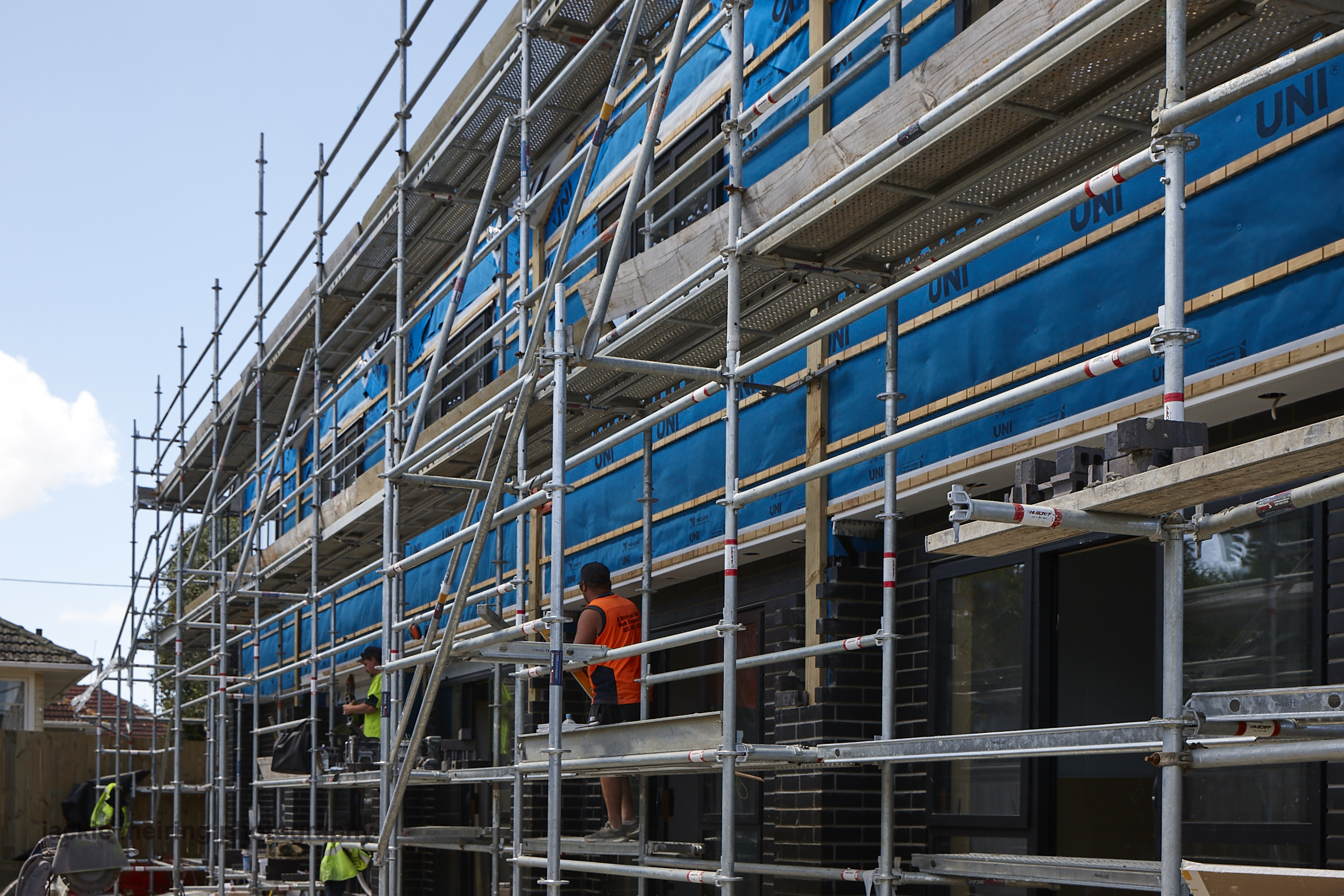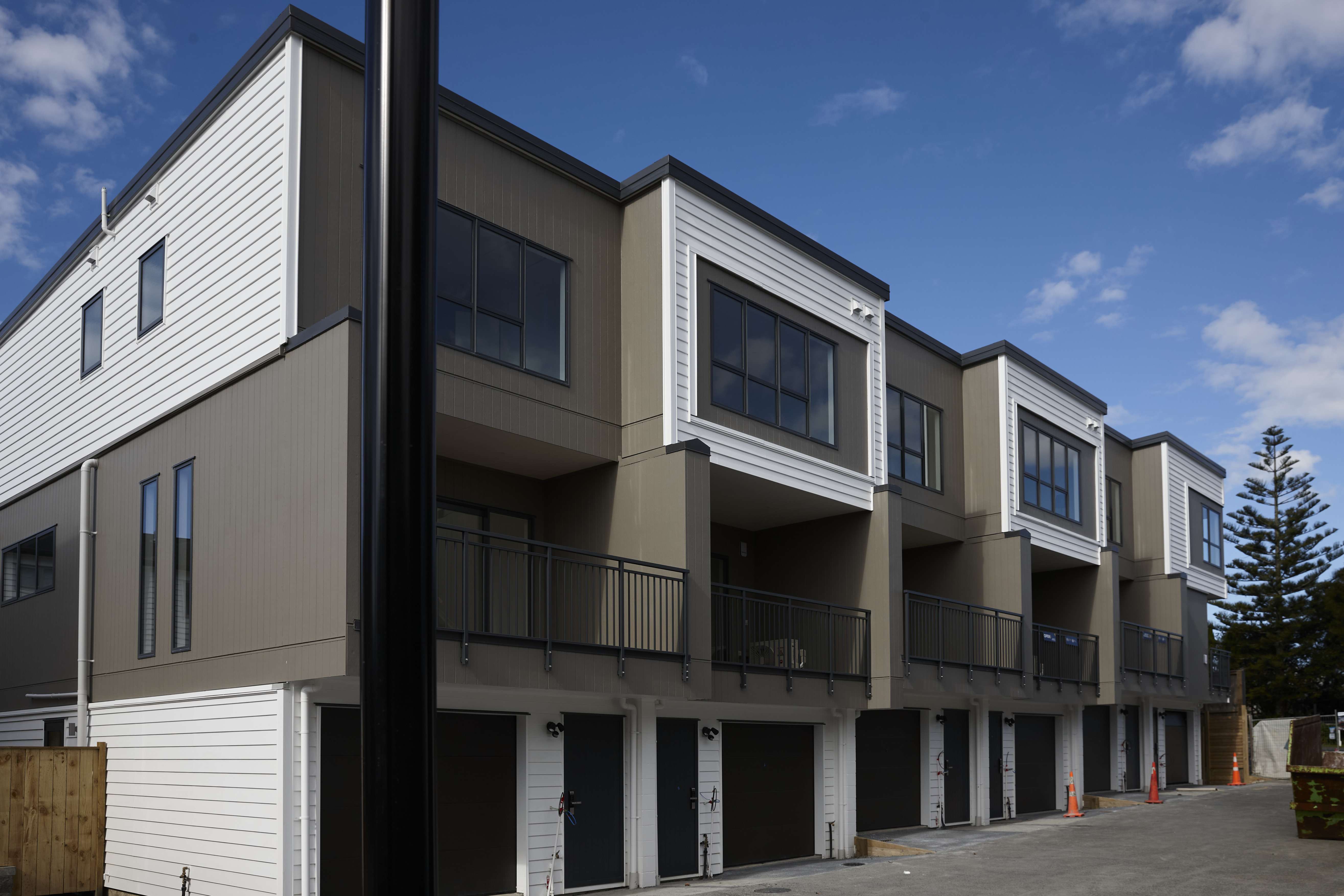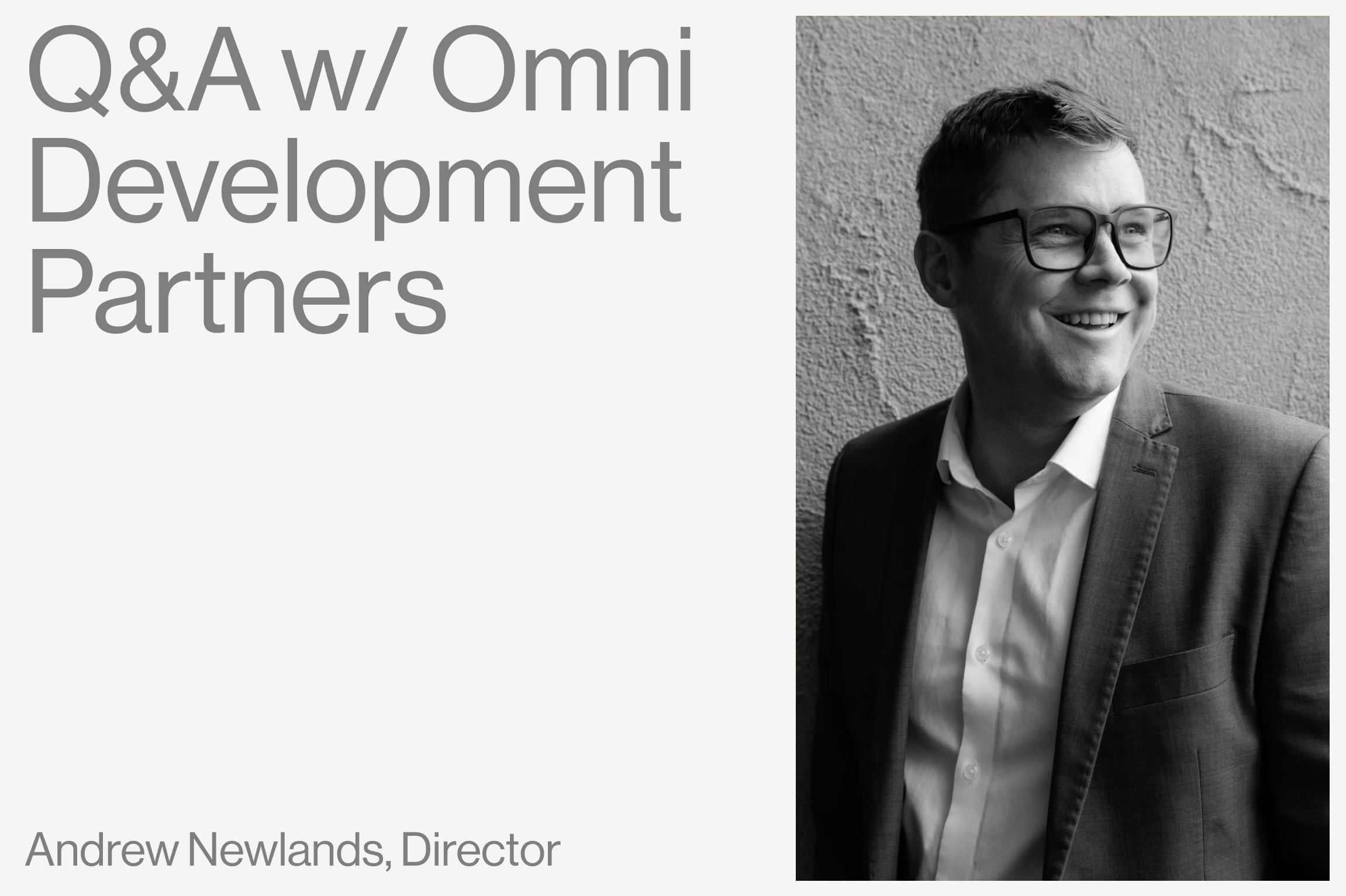Andrew Newlands is the founder of Omni Development Partners, an end-to-end property advisory company.
With extensive background in the delivery of development projects throughout Australia and New Zealand, providing cost advice and property finance due diligence to developers, contractors, and funders, Andrew has been at the front line of the development sector for over 15 years.
We recently caught up with Andrew to talk about the mounting pressure of material and supply issues; increasing costs and labour shortages - and how these pressures are impacting project development funding and success rates.
Q – The construction industry is facing pressures around procurement, cost of materials and labour. What advice have you been giving your developer and funding clients to mitigate these pressures?
It's about appropriately apportioning and managing risk. A developer doesn’t want their main contractor (or any subcontractors) to go bust. And likewise, both main contractors and subcontractors want developers to make a profit to ensure a future pipeline of work. We have been getting more involved with both developers and contractors to apportion this risk and put mechanisms in place around escalation and program that clarify who should bear which risk and when.
Proper procurement processes are critical. You cannot give some developed design drawings to a contractor for three weeks and expect a great outcome - let alone a lump sum contract. Aligning with a contractor who has capacity and experience in the type of project is important, working with advice from them around supply issues and buildability at the right time in the design process can also help.
The developer should not be targeting the cheapest price. A market relevant one that is well thought out and less likely to change is better.

Q - Have you seen any of these risks softening (or do you see any of these risks softening in the short term)?
I have seen the heat come out of material supply issues (such as GIB in 2021) which has meant more certainty for program. Covid appears to still be relevant in terms of labour supply.
Anecdotally, I have heard that 2023 is looking slow for some sub trades. It will be interesting to see how this extra competition for supply trickles through to the bottom line. Simply put, as demand tapers off, we would expect to see subcontractor and supplier pricing get cheaper. Logically it follows that this must mean either the cost of materials or labour have reduced for the sub-contractor. In this market, hampered by the effects of inflation and rising costs, this last statement seems unlikely.

Q – Other than construction costs, what other challenges do you see in the sector at present?
Pre-sales and softening valuations are the main issues stifling developments when compared against rising costs. The presale gives confidence in the exit from the development that enables them to leverage their equity more. Well capitalised developers will see opportunities next year but will still be looking for reliable exits. I expect a lot of people will pursue pre-sales to Kainga Ora / KiwiBuild in the coming 12 months who previously would have sold to market.
Changing regulatory frameworks such as the National Policy Statement as well as change in design regulations and approved products will all provide opportunity and pitfalls in the coming years.
Additionally, the processing times at council, LINZ and utility providers pose significant risk at the end of projects, often when the developer is at or near peak debt.
Q – Compared to 12-24 months ago, are you still seeing projects progressing and if so, what type of projects?
Yes, but certainly a slowdown has been noticed. Cost of land parted ways with common sense post Covid and now we are seeing the downstream effects of overpaying for land as well as other cost increases when the feasibility is tested. Most of these get stopped prior to commencing on site, which shows the system of deciding who gets funding is working.
Monitoring new supply with net migration over the next while will be interesting and may uncover opportunities for those who have capital to put to work.
The presence of a government backed developer (Piritahi/Kainga Ora) provides another variable to the market that has not always been there in the past. This may have interesting effects on par with limiting offshore purchasers and the effect this had on apartment pre-sales in the first half of this cycle.

Q – Have you seen the presence of non-banks increasing? What do you see as the benefit of using a non-bank?
The non-bank space has really taken off.
Historically, we would have seen non-bank transactions because of bank issues - but this has changed recently. Savvy developers understand the benefits of non-banks, so we now see plenty of non-bank deals which were historically bank-funded.
The benefits of non-bank funding include greater leverage and relaxed covenants but also the expertise behind the non-banks. Non-banks (given they are generally funding a higher % of costs) can’t hide behind a large equity component, so they are more ‘developer’ experienced, than main banks, which ultimately helps in the funder – developer relationship.

